2019 Yamaha YXZ1000R SS SE Review + Video
Engine: 998cc inline triple
The 2019 Yamaha YXZ1000R SS has received some fairly substantial changes and I had a chance to spend a day testing one recently during a press event in Alabama.
Before getting started, it should be noted that I’ve been a huge fan of the YXZ platform since day 1. In fact, I’m not sure I’ve had more fun in a Side-by-Side than while shifting through the gears and tearing up the trails in Yamaha’s Sport UTV. From the tight woods in South Carolina to a snowy day on the cold side of the border in Ontario, Canada, the YXZ just pushes the right buttons for me. Honestly, for purely selfish reasons, I didn’t want Yamaha to change this machine.
However, not everybody agrees with me. Off-roaders, specifically those that like rock crawling and mud riding, complained of the first gear ratio being too high. The 2019 Yamaha YXZ1000R addressed that concern by lowering the first gear ratio by 23.6% (gears two through five are lowered by 7%). As a side effect, Yamaha boasts the durability of the clutch is improved by 230%.
This new gear ratio allows the YXZ1000R to accommodate larger tires and Yamaha changed the stock tire from a 27-inch, 6-ply Maxxis Bighorn 2.0 to a 29-inch, 8-ply Maxxis Bighorn. The new tires should be a lot more durable, but they come with a notable weight penalty. Yamaha didn’t stop there. The 2019 Yamaha YXZ1000R also features beefier brakes to handle the heavier tires and stainless steel brake lines – a first for a Yamaha off-road vehicle.
Perhaps the most obvious change to the YXZ is the new radiator location. Yamaha moved the radiator from the front to the rear, made it 32% larger and added twin fans. Yamaha says this is the largest radiator it has ever produced and results in a claimed 300% more airflow.
Despite the radiator being moved to the rear, the cargo area can still handle 300 pounds and still retains the four welded steel tie-down points, so you can use ratchet straps and tie things down as tight as you want.
Another visual change is the updated roll over protective structure (ROPS). The outgoing YXZ saw the top of the ROPS slope downward – similar to the hood. The 2019 Yamaha YXZ1000R SS is much flatter on top. This offers improved upward visibility and makes it a little easier to get into and out of the cab, as you don’t have to duck as much to avoid knocking your helmet on the ROPS.
Suspension has also been re-imagined for 2019. There are three different shock options (depending on which trim level you choose), including dual-rate springs on all SE models. Features include new high flow internal valving, new spring rates, and new protectors on rear springs and A-arms (dual-rate spring shocks only). Yamaha set the shocks up to offer less rebound damping and more compression damping. Our test model was outfitted with the mid-tier shock package – FOX Podium RC2 2.5 Dual Spring Shocks that control 16.2 inches of travel up front and 17.0 inches of travel in the rear.
2019 Yamaha YXZ1000R SS SE Test Drive
After hearing about all of the changes on the 2019 YXZ1000R, I was a bit nervous it wouldn’t feel like the YXZ I liked so much. Fortunately, it didn’t take long before my mind was put at ease.
When I arrived at the press event, a fleet of blue 2019 Yamaha YXZ1000R SS SE models greeted us. The SS stands for Sport Shift and forgoes the clutch pedal in favor of paddle shifters on the steering wheel. For tight woods riding, this is my preferred setup, as shifting through the gears is super simple – flick the right paddle to up shift and the left paddle to down shift. And there’s no worry about stalling if you forget to downshift as you come to a sudden stop. The YXZ is designed to do that for you just before stalling would normally occur.
The cockpit of the YXZ feels much the same as it did on the outgoing model. The seats are comfortable and adjustable front and back without tools. Starting up the engine returns a familiar three-cylinder song that gets my heart pumping every single time.
Once we got underway on our first group ride, the first thing that stuck out to me was the different feel of first gear. On the old YXZ I spent a lot of time in first gear when riding in the tight woods. On the 2019 Yamaha YXZ1000R SS, I found myself is second gear a lot more often. The YXZ still likes to be driven aggressively with shifts high in the rev range (9000 RPM or so), but you reach that redline faster with the 2019 model – particularly in first gear.
Our test took place on a scorching hot, humid day and the new rear radiator position did a good job of keeping the cockpit a bit cooler. As soon as I hit the go pedal, there was enough cool air to keep me comfortable. As an added bonus, the drink holders aren’t exposed to nearly as much heat as they were on the old YXZ, so a bottle of water stays cooler, longer. It’s a small thing, but on day like this it was much appreciated.
Coming up to a steep hill, the redesigned ROPS did offer an improved view up the hill. It’s subtle, but you don’t have to duck your head to look up the hill as much on the model. Downward visibility was always excellent on the YXZ and that hasn’t changed. The front hood is sloped down aggressively, which allows you to see more of the trail in front of you. If you ever wondered why the front shocks stick out of the hood, it’s not just a styling cue. It’s because Yamaha wanted to make sure the front of the machine blocked as little of the driver’s view as possible.
The new tires also made an early impression on some loose, rocky climbs. The larger 29-inch Maxxis Bighorn tires do a very good job of finding traction. The larger contact patch offers really solid grip for an all-purpose tire.
I wished we had an old YXZ on hand to see how acceleration compares to the new one. As great as the traction is on the new tires, they carry quite a bit more weight than the old ones. All that rotating mass will negatively impact acceleration. The new gear ratio will offset that, but I’m curious how much. The YXZ still takes off great from dead stop (Yamaha’s Launch system in the SS model is awesome to play with – see video below), but I’m curious how it compares to the outgoing model. I truly have no idea and won’t be able to figure it out until I can get the two models together.
Just for an experiment, it would be fun to throw on a set of the lighter 27-inch Bighorn 2.0 tires on this model to really see what it can do. Acceleration would be off the charts, though the benefits of the larger 29-inch 8-ply tires far outweigh the boost in acceleration for the vast majority of drivers.
The bottom line is that despite all the changes I was initially worried about, the 2019 Yamaha YX1000R SS still feels and drives like a YXZ – it just works better for more people in more situations.
I have been working exclusively in digital media since 1997. I started out with TSN.ca, spending nearly nine years creating and editing content on Canada's leading sports website. I left to join VerticalScope, Inc., one of the world's largest online publishers, to start a number of powersports publications. While at VerticalScope, I've helped create and oversee content for a wide variety of different publications, including ATV.com, Off-Road.com, ArcheryTalk.com, Tractor.com, RVGuide.com, and many more.
More by Lucas Cooney



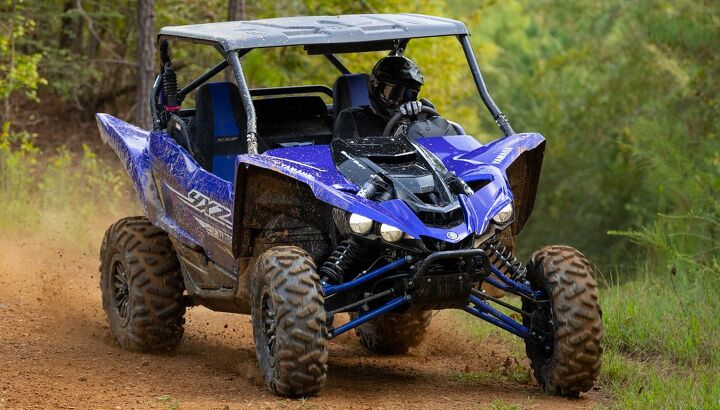






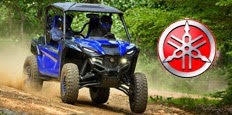






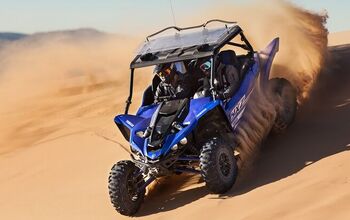
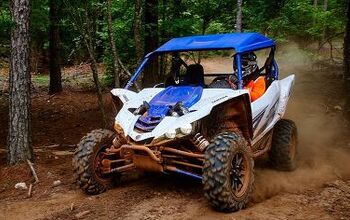
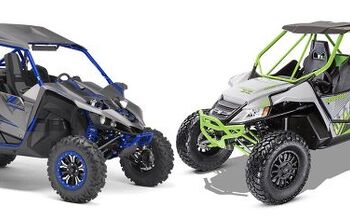
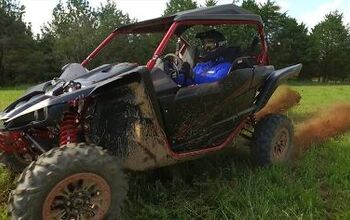
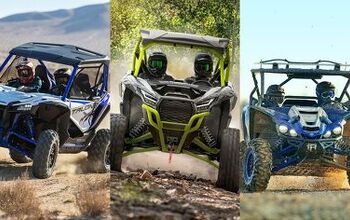
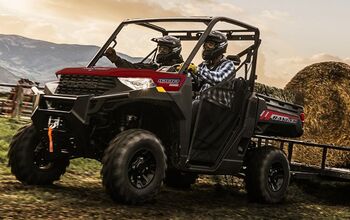
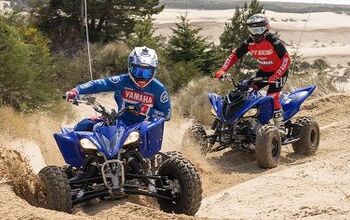
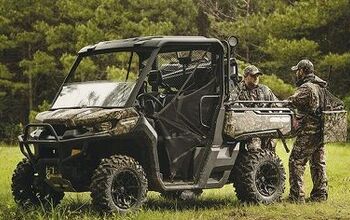
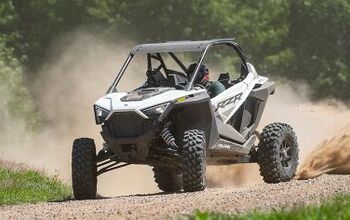
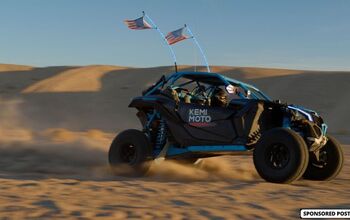
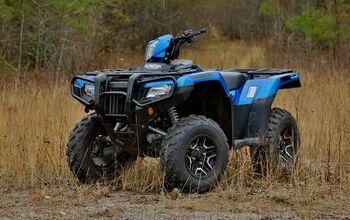
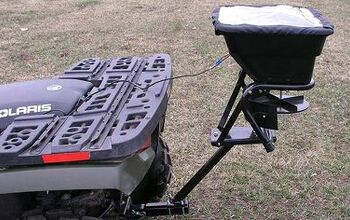
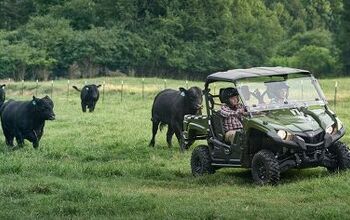
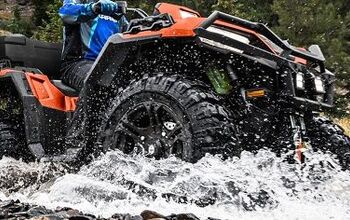
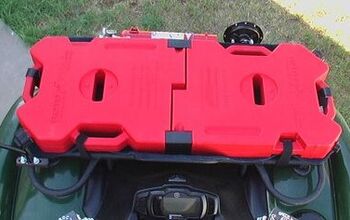
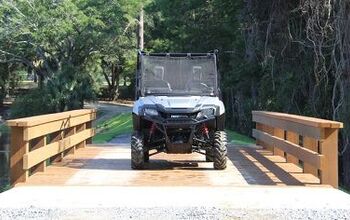
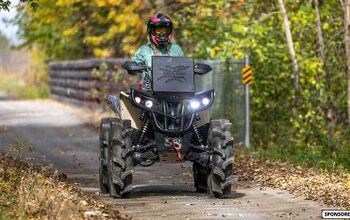
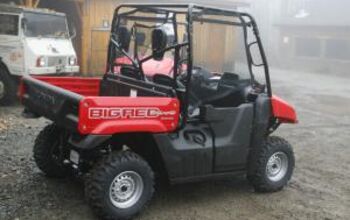
Comments
Join the conversation